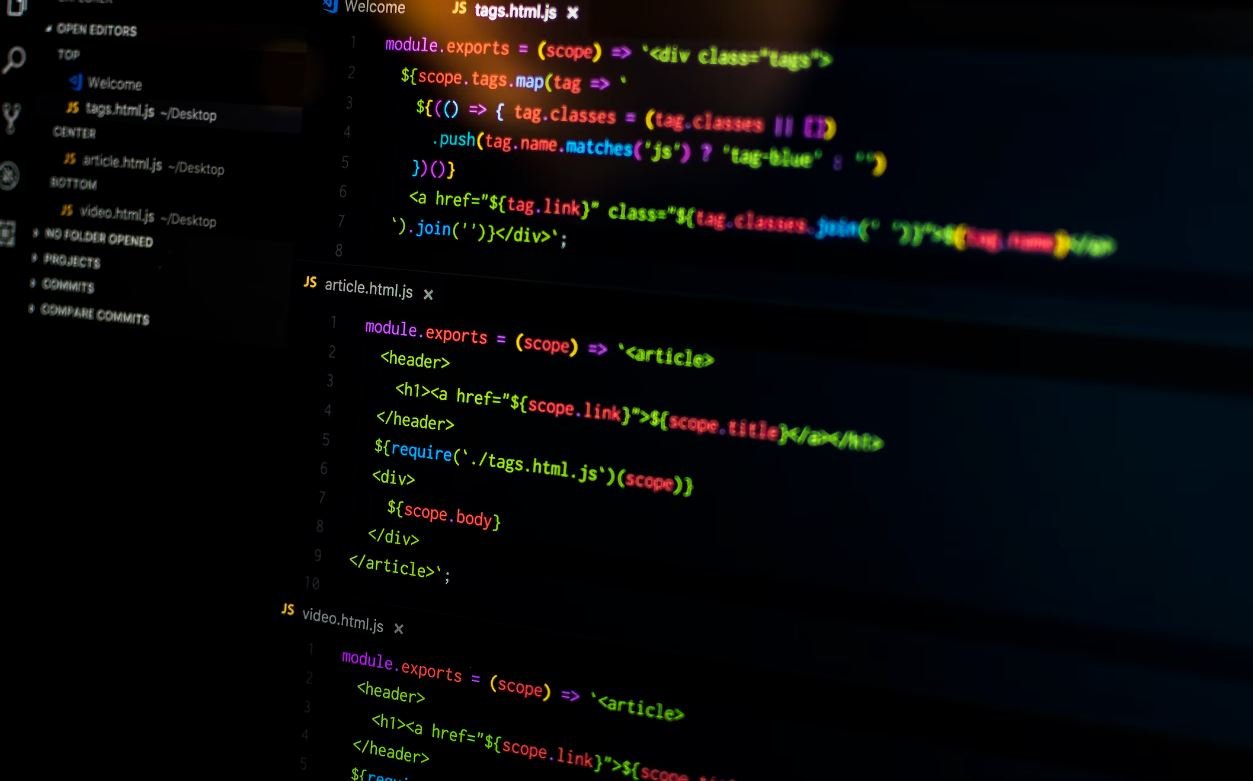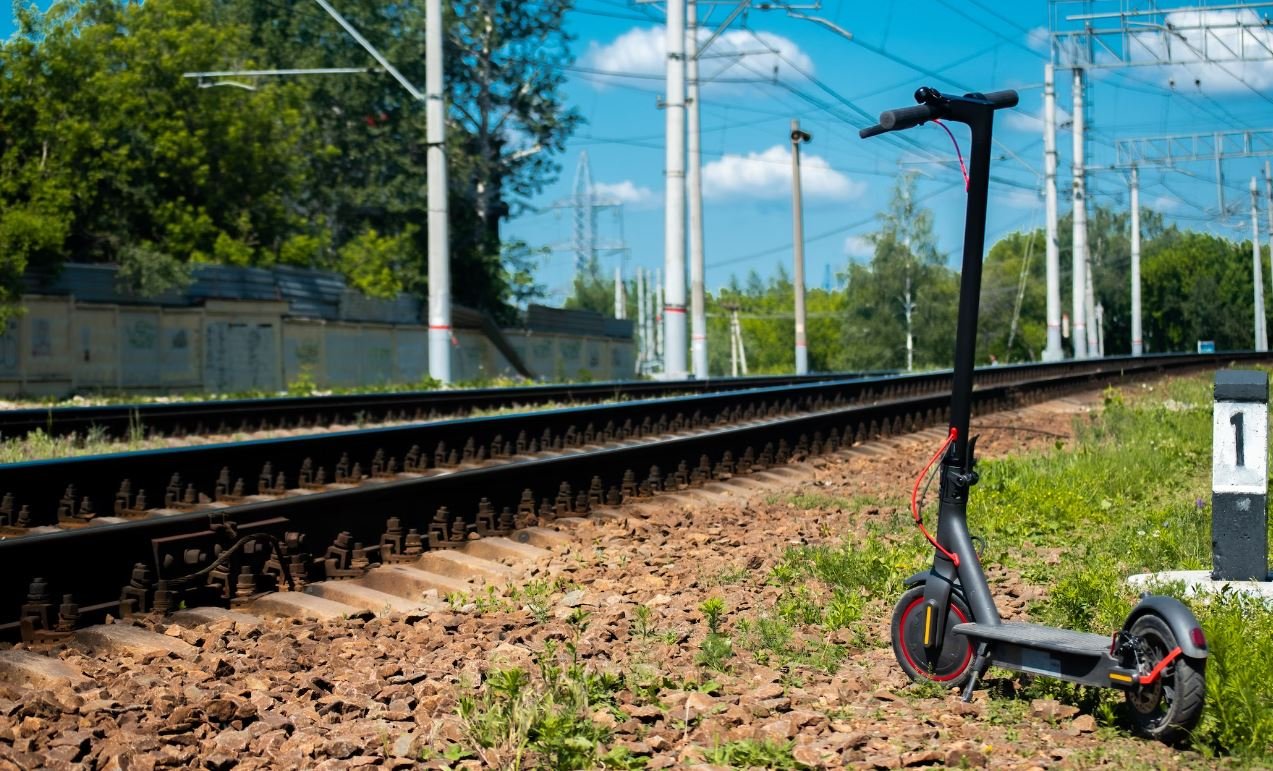Where Is Tesla Model 3 12V Battery
The Tesla Model 3 is an impressive electric vehicle known for its innovative features and high performance. While most people are familiar with its powerful electric motor and advanced autopilot capabilities, there is one important component that often goes unnoticed – the 12V battery. In this article, we will explore the location of the Model 3’s 12V battery and its significance in the overall function of the vehicle.
Key Takeaways
- The 12V battery in a Tesla Model 3 is located in the front trunk.
- It is responsible for powering various auxiliary systems, including lights, displays, and the audio system.
- The 12V battery is separate from the main high-voltage battery pack that powers the vehicle.
The Location of the 12V Battery
Unlike traditional internal combustion engine vehicles, the Tesla Model 3 does not have a conventional engine bay. Instead, its front trunk, also known as the “frunk,” houses the 12V battery. This location not only provides easy access for maintenance but also reduces the potential for damage in case of a collision or impact. *The frunk acts as a secondary storage space with the added bonus of hosting the 12V battery.*
The Importance of the 12V Battery
The 12V battery in the Model 3 plays a crucial role in powering various auxiliary systems that help ensure a smooth driving experience. While the main high-voltage battery pack provides energy for the electric motor, the 12V battery supplies power to components such as lights, displays, and the audio system. *Without the 12V battery, these essential features would not function properly, affecting the overall user experience.*
It is worth noting that the 12V battery is separate from the primary battery pack that stores the vehicle’s main power source. This separation helps prevent a complete power failure, ensuring that even if the main battery is depleted, the 12V battery can still power critical systems. *This redundant system enhances the reliability and safety of the Model 3.*
Table Comparisons
| Vehicle Model | Location of 12V Battery |
|---|---|
| Tesla Model 3 | In the front trunk (frunk) |
| Nissan Leaf | Under the hood |
| BMW i3 | In the trunk |
| Vehicle Model | 12V Battery Voltage |
|---|---|
| Tesla Model 3 | 12 Volts |
| Nissan Leaf | 12 Volts |
| BMW i3 | 12 Volts |
| Vehicle Model | 12V Battery Capacity |
|---|---|
| Tesla Model 3 | 35 Amp-hours |
| Nissan Leaf | 24 Amp-hours |
| BMW i3 | 40 Amp-hours |
Summary
In conclusion, the 12V battery in the Tesla Model 3 is located in the front trunk, known as the frunk. This battery is responsible for powering various auxiliary systems, such as lights and displays, ensuring a seamless driving experience. The 12V battery is separate from the main high-voltage battery pack, which enhances reliability and safety. The Model 3’s frunk provides convenient accessibility for maintenance and additional storage space. With this knowledge, you can now appreciate the significance of the 12V battery in the overall functioning of the Tesla Model 3.

Common Misconceptions
1. The 12V battery in a Tesla Model 3 is the same as in conventional cars
One common misconception is that the 12V battery in a Tesla Model 3 is the same as the one found in conventional cars. However, this is not true. Tesla Model 3 uses a different type of battery, specifically a lithium-ion battery, for its 12V system. This battery is specially designed to handle the unique electrical demands of the vehicle.
- Tesla Model 3 uses a lithium-ion battery for its 12V system.
- The lithium-ion battery in a Tesla Model 3 has different performance characteristics compared to conventional car batteries.
- The unique electrical demands of the vehicle require a specialized 12V battery.
2. The 12V battery in a Tesla Model 3 is the main battery that powers the vehicle
Another misconception is that the 12V battery in a Tesla Model 3 is the main battery that powers the vehicle. In reality, the primary source of power in a Tesla Model 3 is its high-voltage battery (also known as the main or traction battery), which is used to propel the vehicle. The 12V battery, on the other hand, is responsible for powering auxiliary systems such as lights, audio, and other electronics.
- The main source of power in a Tesla Model 3 is its high-voltage battery.
- The 12V battery in a Tesla Model 3 powers auxiliary systems.
- The high-voltage battery is responsible for propelling the vehicle.
3. The 12V battery in a Tesla Model 3 requires regular replacement like conventional car batteries
A common misconception is that the 12V battery in a Tesla Model 3 needs to be regularly replaced, similar to conventional car batteries. However, this is not the case. The 12V battery in a Tesla Model 3 is designed to last longer and requires less frequent replacement compared to traditional car batteries. This is due to the different chemistry and technology used in the lithium-ion battery.
- The 12V battery in a Tesla Model 3 has a longer lifespan compared to conventional car batteries.
- Less frequent battery replacement is required for the 12V battery in a Tesla Model 3.
- The chemistry and technology of the lithium-ion battery contribute to its longer lifespan.
4. Jump-starting a Tesla Model 3 is the same as jump-starting a conventional car
Another misconception is that jump-starting a Tesla Model 3 is done in the same way as jump-starting a conventional car. However, there are some differences. While the basic concept of using jumper cables is similar, the connection points and procedures may vary. It is essential to follow the manufacturer’s instructions and consult the vehicle’s manual for the proper jump-starting process for a Tesla Model 3.
- Jump-starting a Tesla Model 3 requires following specific instructions provided by the manufacturer.
- The connection points and procedures for jump-starting a Tesla Model 3 may differ from conventional cars.
- Consulting the vehicle’s manual is crucial for the proper jump-starting process of a Tesla Model 3.
5. The 12V battery dying in a Tesla Model 3 means the whole vehicle is inoperable
A misconception is that if the 12V battery dies in a Tesla Model 3, the entire vehicle becomes inoperable. However, this is not entirely true. While a dead 12V battery can prevent certain functions from working, such as powering accessories, the vehicle can still be operated and driven using the high-voltage battery system. It is important to address the 12V battery issue to restore full functionality, but it does not render the vehicle completely inoperable.
- A dead 12V battery may disable some functions in a Tesla Model 3 but does not make the vehicle completely inoperable.
- The high-voltage battery system can still power and propel the vehicle even if the 12V battery is dead.
- Addressing the 12V battery issue is necessary to restore the full functionality of the vehicle.

The Rise of Tesla Model 3: A Game-Changing Electric Vehicle
Since its introduction to the market in 2017, the Tesla Model 3 has taken the automotive industry by storm. As the first mass-market all-electric vehicle, it has captured the imaginations of eco-conscious consumers and driving enthusiasts alike. One vital component of this innovative machine is its 12V battery, responsible for powering various auxiliary systems. Let’s delve into the interesting aspects of the Tesla Model 3 12V battery.
Battery Supplier Overview
The production of Tesla Model 3’s 12V battery involves collaboration with reputable suppliers with proven expertise in battery technology:
Panasonic
| Panasonic Battery Facts | |
|---|---|
| Battery Type | Lithium-ion |
| Voltage | 12V |
| Supplier Partnership | Tesla’s exclusive supplier |
| Production Location | Tesla Gigafactory 1, Nevada, USA |
LG Chem
| LG Chem Battery Facts | |
|---|---|
| Battery Type | Lithium-ion |
| Voltage | 12V |
| Supplier Partnership | Secondary supplier |
| Production Location | LG Chem facilities in South Korea |
Battery Performance Comparison
Here we compare the performance of Tesla Model 3’s 12V battery with traditional internal combustion engine (ICE) vehicles:
Start-up Time Comparison
| Comparison of Start-up Time | |
|---|---|
| Tesla Model 3 | Instantaneous start-up |
| ICE Vehicles | Dependent on various factors; typically several seconds |
Compatibility with Auxiliary Systems
| Compatibility with Auxiliary Systems | |
|---|---|
| Tesla Model 3 | Full compatibility with all electrically powered auxiliary systems |
| ICE Vehicles | Compatibility limited to non-electric auxiliary systems |
Battery Maintenance and Lifespan
Ensure the longevity and optimal performance of your Tesla Model 3’s 12V battery by following these guidelines:
Optimal Battery Lifespan
| Factors for Optimal Battery Lifespan | |
|---|---|
| Battery Maintenance | Follow Tesla’s recommended maintenance schedule |
| Climate | Avoid extreme temperature conditions |
| Charging Habits | Use Tesla’s Supercharger network or home charging stations |
Battery Replacement Cost
| Battery Replacement Cost | |
|---|---|
| Estimated Cost | Approximately $350 |
Environmental Impact
The adoption of electric vehicles, such as the Tesla Model 3, contributes to a more sustainable future:
Carbon Emissions Reduction
| CO2 Emissions Saved Annually | |
|---|---|
| Tesla Model 3 | 11,367 pounds |
Conclusion
The Tesla Model 3’s 12V battery is a critical component that powers various systems within this groundbreaking electric vehicle. With renowned suppliers, impressive performance, and minimal maintenance requirements, the Model 3 demonstrates its superiority over traditional combustion engine vehicles. Furthermore, the environmental benefits offered by electric vehicles contribute to the transition to a greener and more sustainable transportation sector. As the automotive industry continues to evolve, the Tesla Model 3 remains at the forefront of innovation.
Where Is Tesla Model 3 12V Battery – Frequently Asked Questions
Where can I find the 12V battery in a Tesla Model 3?
The 12V battery in a Tesla Model 3 is located in the front trunk, also known as the frunk. To access it, simply open the frunk by pressing the button on the touchscreen or by using the key fob. Once the frunk is open, you’ll see the 12V battery nestled in the corner.
Why is the 12V battery important in a Tesla Model 3?
The 12V battery is essential to power critical functions in a Tesla Model 3, such as the lights, touchscreen, and other electrical components. It serves as a backup power source in case there is an issue with the main battery pack. Without a functioning 12V battery, you may experience various electrical malfunctions in the vehicle.
Can I replace the 12V battery in a Tesla Model 3 on my own?
While it is possible to replace the 12V battery in a Tesla Model 3 on your own, it is recommended to have it done by a qualified technician at a Tesla Service Center. Tesla’s battery management system is complex, and improper replacement or handling of the battery can lead to safety risks or damage to the vehicle.
How often should I replace the 12V battery in a Tesla Model 3?
The lifespan of a 12V battery can vary depending on various factors, such as usage patterns, temperature, and overall maintenance. In general, it is advisable to replace it every 3-4 years as a preventive measure or if you experience signs of battery degradation, such as difficulty starting the vehicle, dim lights, or frequent error messages on the touchscreen.
What happens if the 12V battery dies in a Tesla Model 3?
If the 12V battery dies in a Tesla Model 3, you may experience difficulties starting the vehicle, loss of power to various components, and error messages on the touchscreen. However, the main high-voltage battery pack that powers the vehicle’s electric motor should remain unaffected. It is recommended to seek assistance from a qualified technician to replace or jump-start the 12V battery.
How can I prevent the 12V battery from dying in a Tesla Model 3?
To prevent the 12V battery from dying in a Tesla Model 3, you can follow these tips: 1) Regularly drive the vehicle to keep the battery charged. 2) Avoid leaving the vehicle inactive for extended periods, especially in cold weather. 3) Ensure that all lights and electrical components are turned off when not in use. 4) Park the vehicle where it is protected from extreme temperatures. If you anticipate a longer period of inactivity, consider using a battery maintainer or trickle charger.
Do I need to disconnect the 12V battery when working on a Tesla Model 3?
When working on a Tesla Model 3, it is generally recommended to disconnect the 12V battery to avoid any potential risks of electrical shock or damage to components. However, it is important to follow proper safety procedures and consult the vehicle’s manual or a qualified technician for specific instructions before attempting any maintenance or repair tasks.
How much does it cost to replace the 12V battery in a Tesla Model 3?
The cost of replacing the 12V battery in a Tesla Model 3 can vary depending on several factors, including the region, labor costs, and any additional services required. Generally, the cost can range from $200 to $500, which includes the battery itself and the installation by a Tesla Service Center.
Can I use a traditional car jump starter to jump-start a Tesla Model 3 with a dead 12V battery?
Tesla Model 3 utilizes a unique electrical system, and using a traditional car jump starter to jump-start a Model 3 with a dead 12V battery is not recommended. It is best to contact a roadside assistance service or a qualified technician to properly jump-start or replace the 12V battery.
Is the 12V battery covered under Tesla’s warranty?
Yes, the 12V battery in a Tesla Model 3 is covered under Tesla’s New Vehicle Limited Warranty. For specific details and coverage duration, it is advisable to refer to the warranty documentation provided by Tesla or contact Tesla’s customer support.




